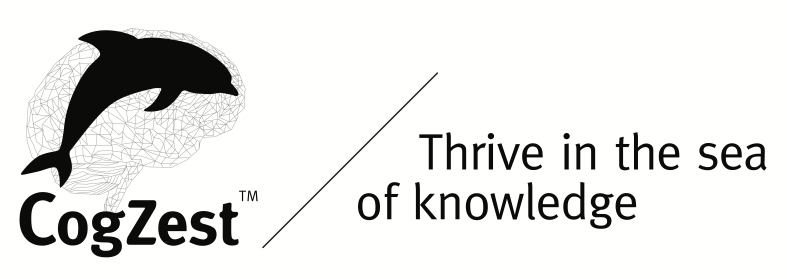Highlights from today’s Hookmark blog post of mine
Author: Luc P. Beaudoin
Tinderbox: A Tool for Thinking in Connections
At CogZest, we celebrate tools that extend human cognition — software that helps us think better, not just work faster. Continue reading Tinderbox: A Tool for Thinking in Connections
From Chat Hub to Knowledge Hub: The Case for Linking in Beeper
Over the past few years, Beeper has set itself apart as one of the most integrative messaging platforms, uniting over 10 chat networks into a single interface.
Yet there is a crucial dimension of integration that is still largely missing: linkability — the ability for any message, thread, or conversation in Beeper to be reliably and automatically referenced (linked) from other tools. In other words: Beeper is not yet link-friendly.
Continue reading From Chat Hub to Knowledge Hub: The Case for Linking in Beeper
Unclutter app: Hookmark Partner for the Month of September
One of the things I love about being CEO of CogSci Apps is that I get to connect with many Mac app developers, promoting the ideals of the Manifesto for Ubiquitous Linking. Continue reading Unclutter app: Hookmark Partner for the Month of September
I Told Steve Jobs About Linking
Back in 2010, when Steve Jobs and I exchanged emails, I sent him a white paper recommending that Apple introduce system-wide linking in what was then OS X. Years later, Apple unveiled Quick Note in macOS Monterey (2021). It looked promising at first — a way to capture notes tied to what you’re working on.
Continue reading I Told Steve Jobs About Linking
Inside the Sleeper’s Mind: The Theory Behind the Cognitive Shuffle
The cognitive shuffle technique I invented to help people fall asleep has received a surge of media attention this year. It’s been featured in The New York Times (again), The Guardian (for the third time), BBC Science Focus, CNN, and more.
Continue reading Inside the Sleeper’s Mind: The Theory Behind the Cognitive Shuffle
Omni-links – The Concept You Didn’t Know You Needed
I published this on my substack: 🔗 Omni-links : The Concept You Didn’t Know You Needed. Please let me know what you think in the comments there.
Apple’s Mac Apps Are Not Sufficiently Link-Friendly: Workarounds Exist for Some
Apple’s macOS is built on powerful automation foundations, yet many of Apple’s own apps fail to support basic linking capabilities that knowledge workers and developers need. Apps like Messages, Notes, and Podcasts lack public APIs and don’t even offer a simple “Copy Link” menu item. This creates a fragmented experience where users cannot reliably reference or return to specific items — a fundamental requirement for serious digital work.
Meanwhile, Hookmark, a third-party app, demonstrates what macOS can do when its underlying capabilities are properly harnessed. It enables users to create persistent, contextual links — “omni-links” — to and from files, emails, notes, calendar events, and more. Hookmark leverages existing Apple automation frameworks to restore a sense of coherence and flow to one’s digital workspace.
This post critiques Apple’s unwillingness to expose the tools it clearly uses internally and calls for wider support of the Manifesto for Ubiquitous Linking. It ends on a hopeful note: there’s already a thriving ecosystem of link-friendly apps. All we need now is for Apple to catch up — and for developers to join the movement.
Read the full article on Substack:
https://luccogzest.substack.com/p/apples-macos-apps-are-the-weak-link
BSBM is now BSBM+: Clarifying An Advanced Multi-Anchor Meditation that Includes Physiological Sighs
On Substack I have published an update to the body scanning, breath, and mantra meditation. BSBM+ optionally includes an unstructured meditation. This advanced form of meditation is now known as BSMB+, and illustrated below.
Continue reading BSBM is now BSBM+: Clarifying An Advanced Multi-Anchor Meditation that Includes Physiological Sighs
Blog post address moved
I’ve changed the address of this blog post to https://cogzest.com/2025/07/bsbm-meditation-a-multi-anchor-practice-for-meta-cognitive-control/
